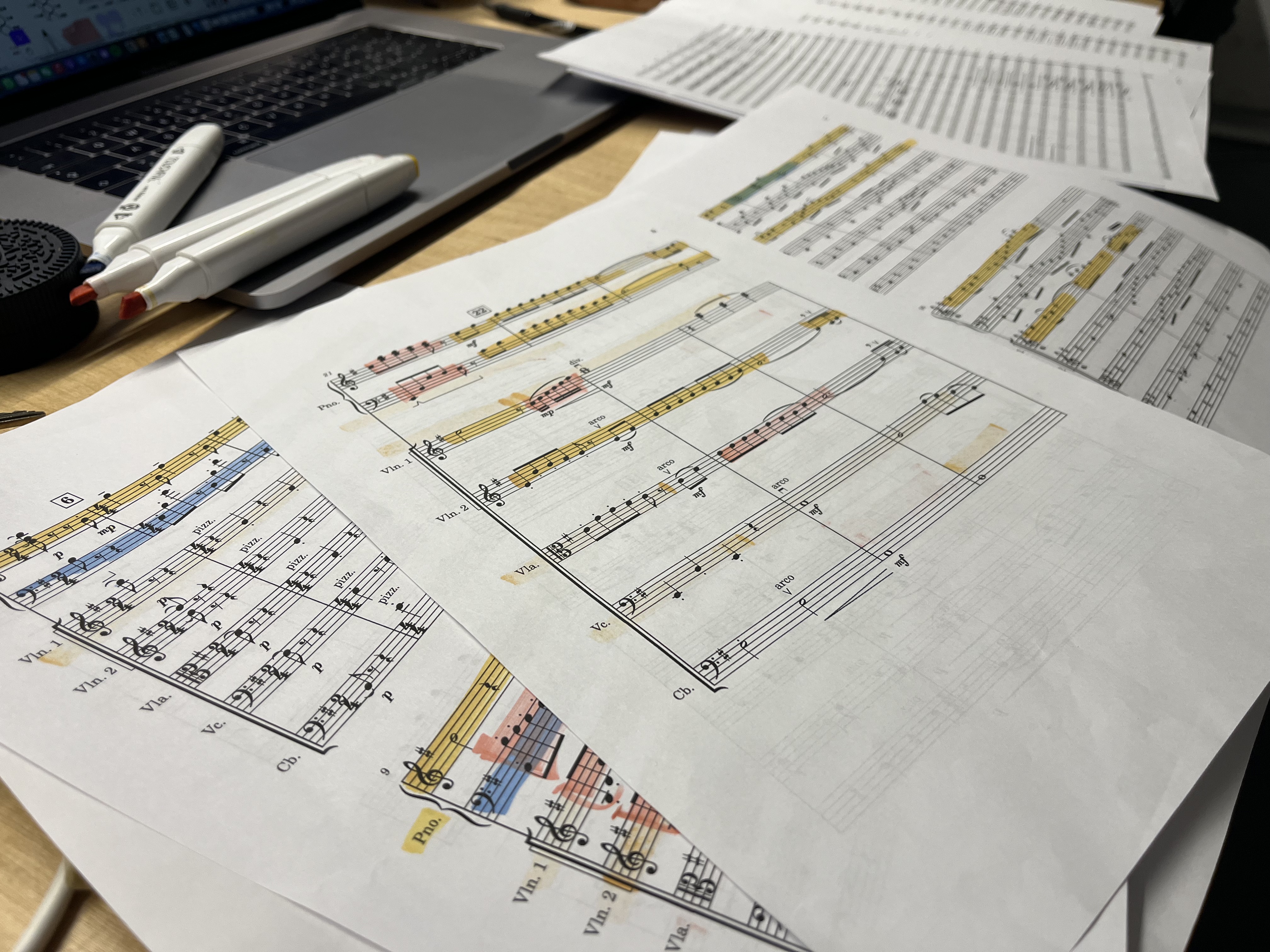
A visual interpretation of music that transforms sound into motion—making the beauty of musical contrast visible.
When we listen to music, we often say, “This piece is so beautiful!” But what exactly is the beauty in music that we are sensing? Is it merely a personal emotion, or does it objectively exist within the music itself? If beauty truly resides in music, then perhaps it is not only something we can hear, but also something we might be able to see.
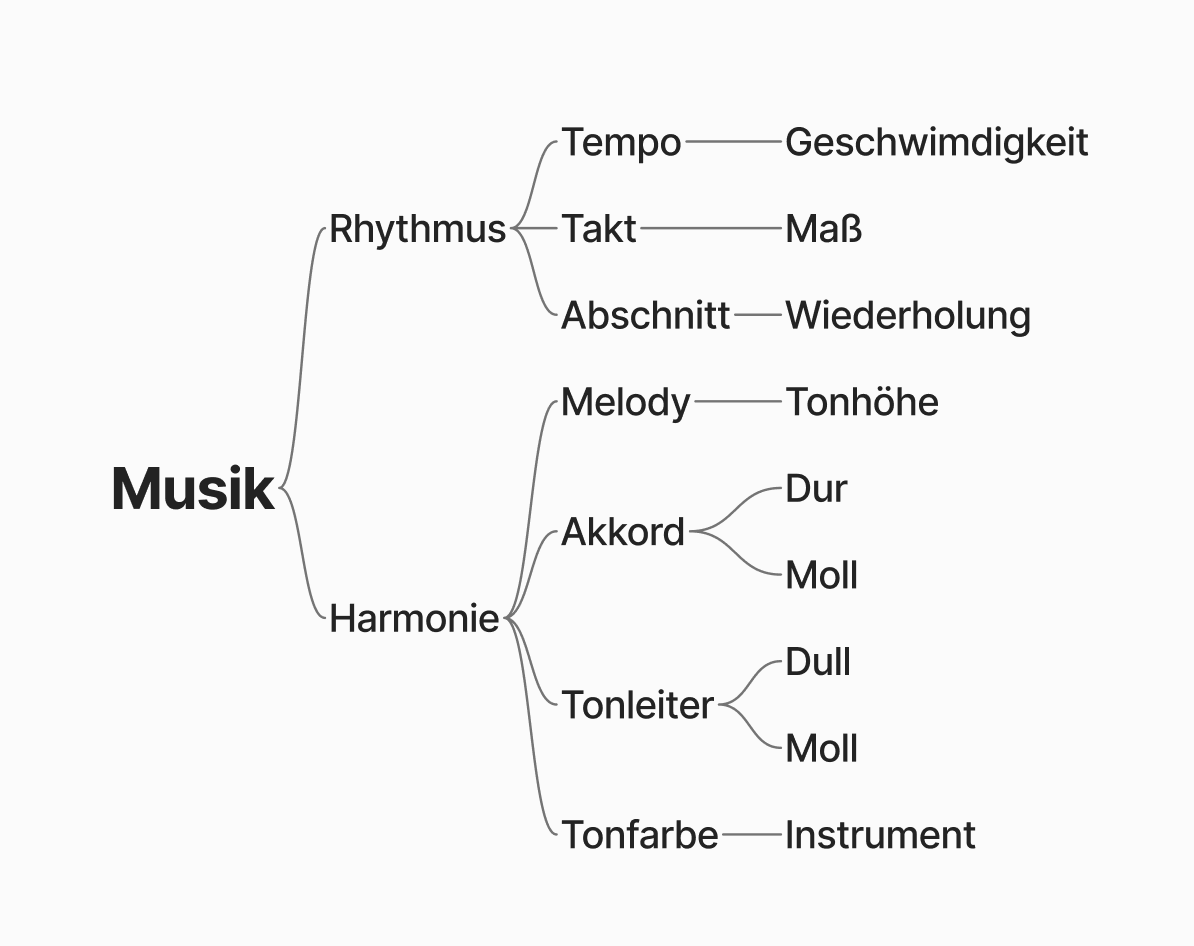
In order to explore what beauty in music truly means, I began by studying the fundamentals of music theory. Since music is subjective, I can only describe my learning as my personal understanding. However, many aspects of basic music theory are objectively established. I organized the core elements of music as shown on the right.

To explore what beauty in music is, I started by studying the foundations of music theory. Since music is a subjective art form, I can only describe my learning as a personal interpretation. However, many fundamental principles of music theory are objectively defined.
I tried to create a short piece of music using these basic elements, which helped me clearly understand what I’m actually hearing when I listen to music.
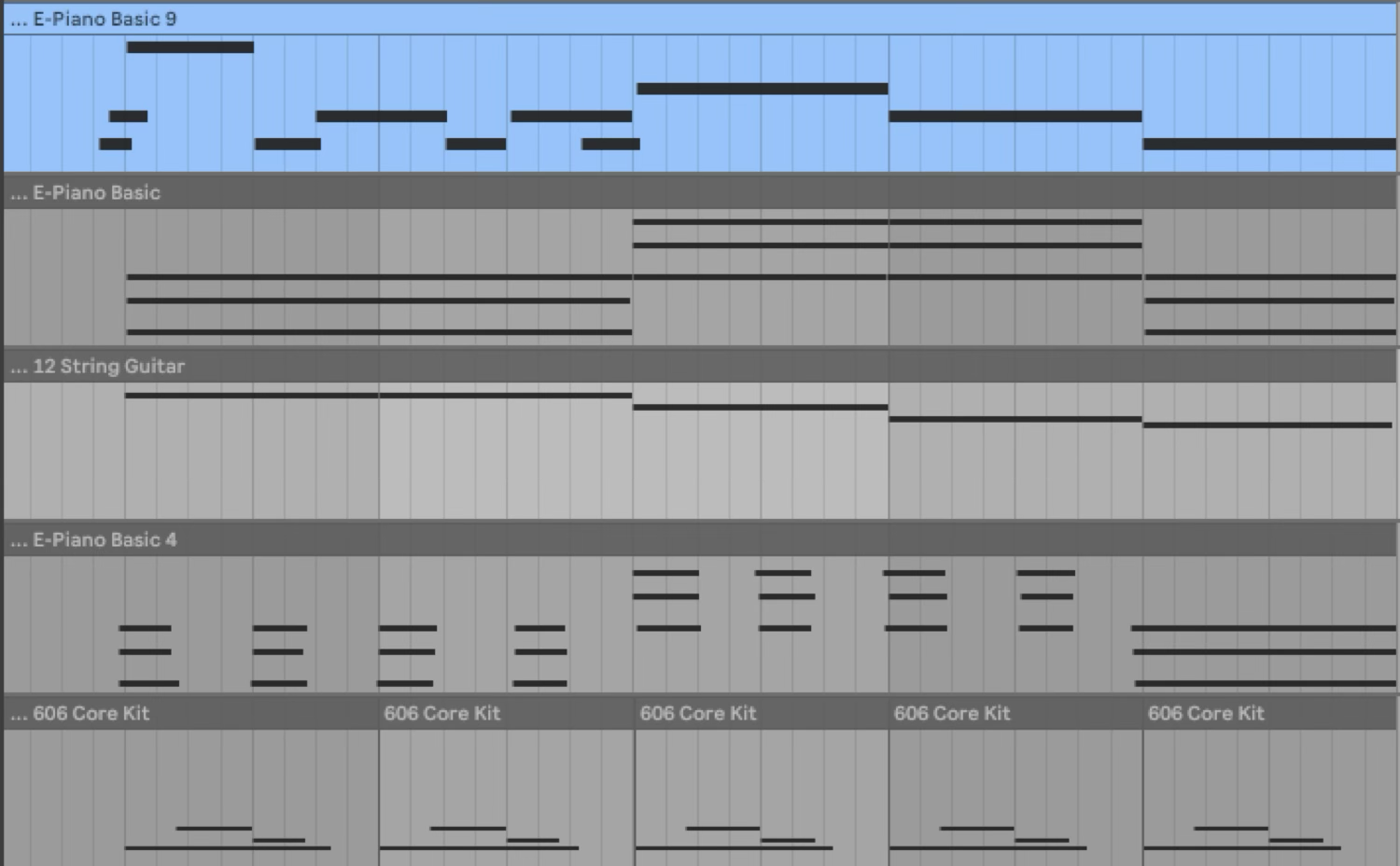
A melody played on the piano
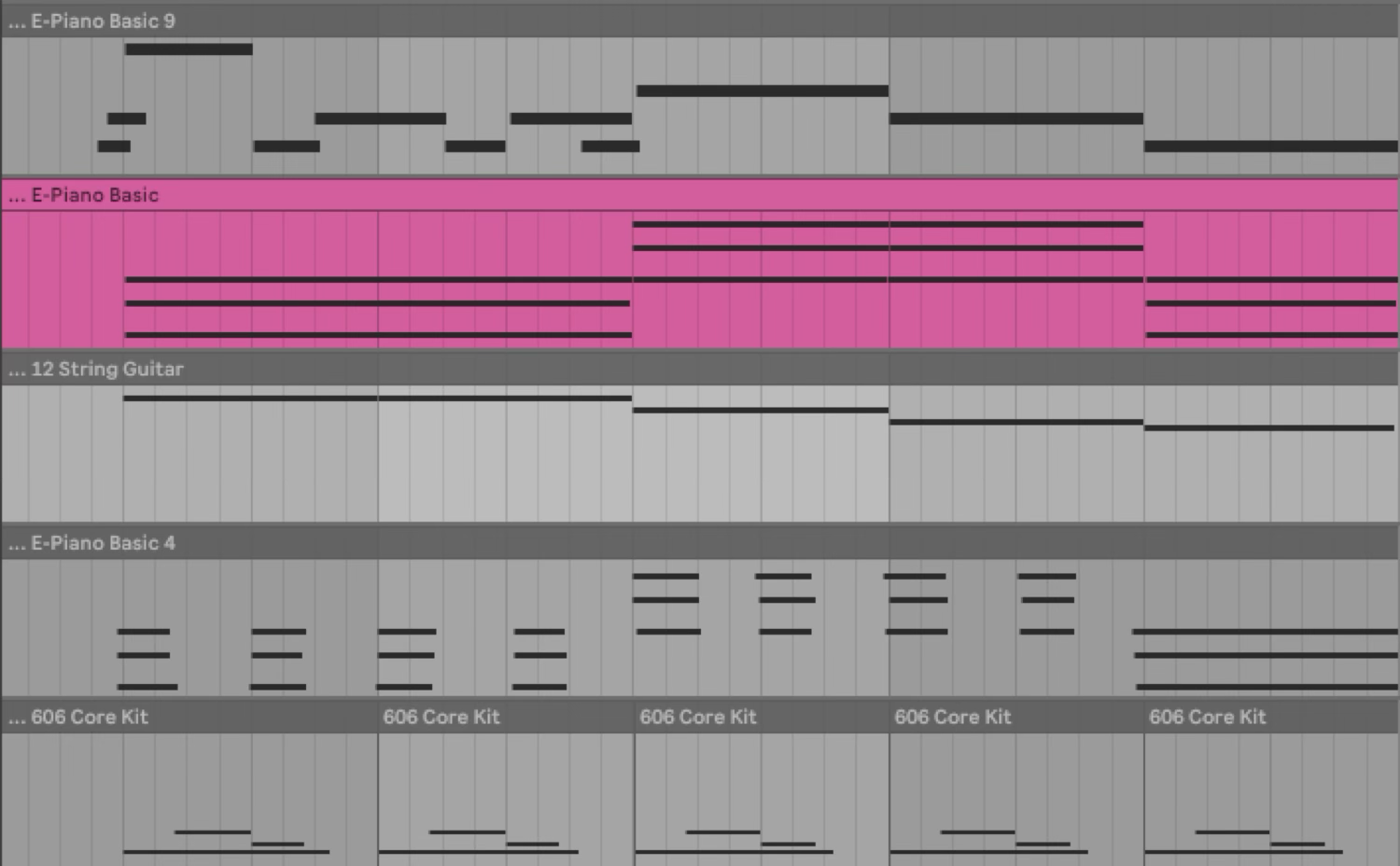
A harmony played on the second piano
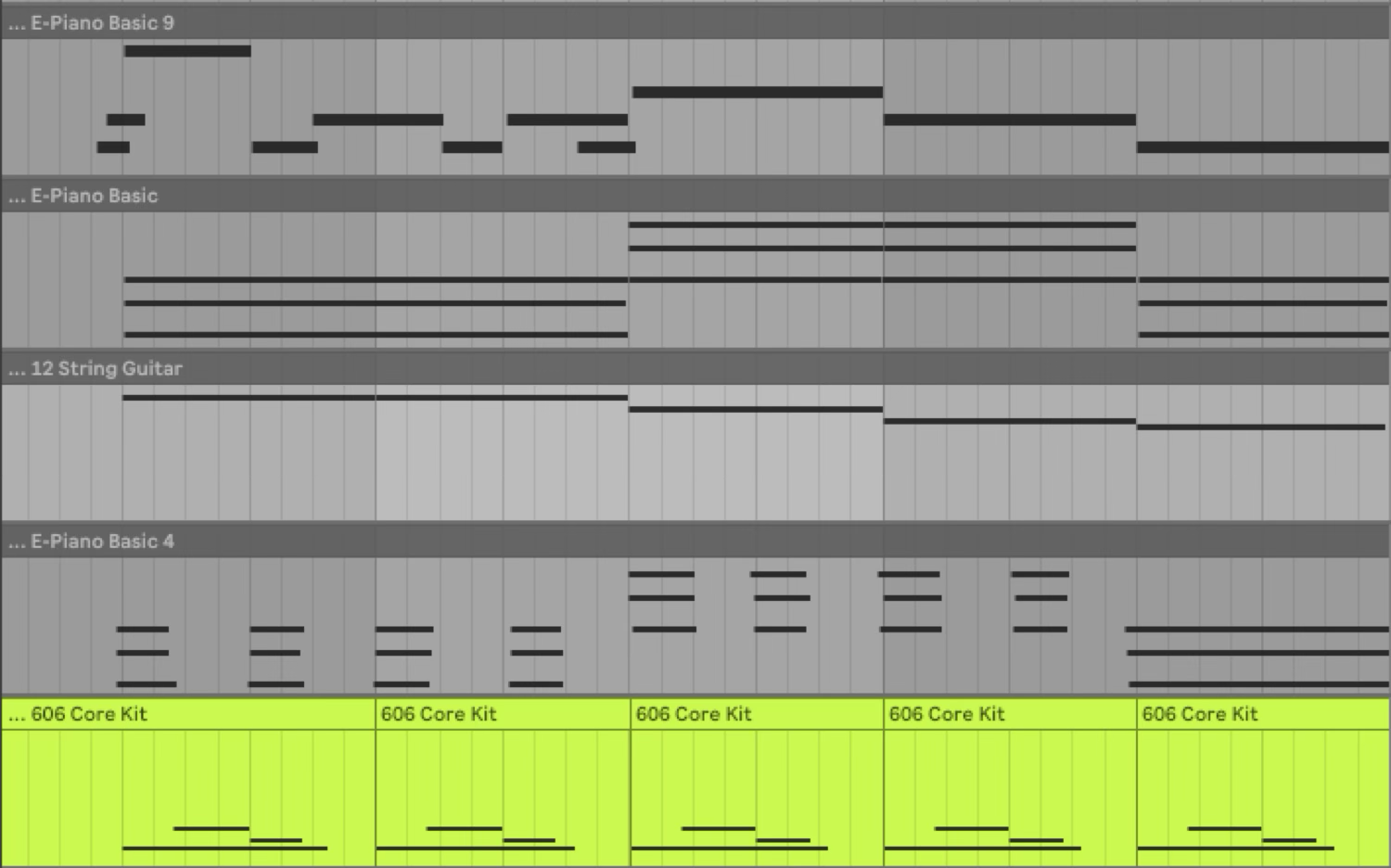
A rhythm played on the drums
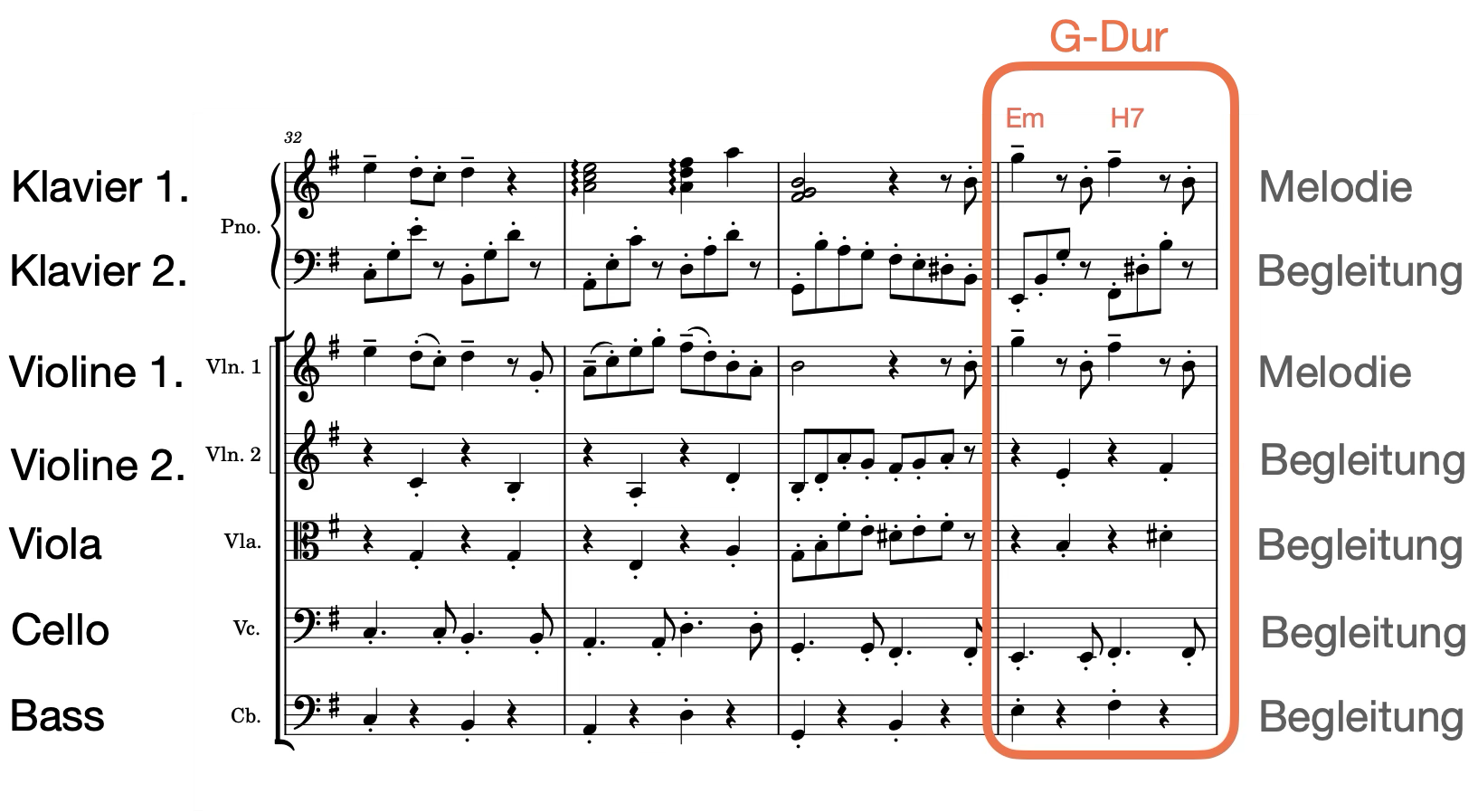
Next, I analyzed a short piece of sheet music.
Different instruments in music serve different roles. Melodies, often carried by higher frequencies, tend to be heard more clearly; thus, the sense of beauty may stem purely from the melody or be shaped through the accompaniment. However, beyond these obvious elements, it is often difficult to pinpoint which specific instrument is responsible for the beauty we perceive.
With a foundation in music theory, I was able to follow the score while listening, and in doing so, I began to notice subtle sounds I had previously overlooked — such as the gentle voice of the cello, which I found deeply moving.
I marked the moments in the score where I personally felt a strong sense of beauty and created a corresponding timeline. Through analyzing this timeline, I realized that what made the deep sound of the cello so appealing was the timing of its entrance — it emerged during a brief pause in both the melody and the accompaniment, which allowed it to stand out clearly.
This led me to wonder whether moments of beauty are the result of interactions between multiple elements — for example, the way different instruments rise and fall in contrast with one another. However, it’s not always that simple. A single instrument can also create beauty on its own. For instance, a violin melody may evoke emotional shifts simply through variations in volume, which can be perceived as beautiful.
This made me consider that perhaps “change” itself is one of the key reasons we perceive beauty in music.

At the same time, I also experimented with real-time visualizations of individual instruments.
While these visuals were effective in illustrating when notes became louder, when tempo changed, or when new instruments entered, they could not fully convey the emotional quality or the beauty of the relationships between these musical elements.

I realized I needed to deepen my understanding of music theory, so I consulted with musicians to learn how beauty in music is described from a professional perspective.
The response I received was that beauty often emerges from the tension and release within music. For example, when a melody is repeated over time and then suddenly changes, it creates a breakthrough from a feeling of tension, bringing a sense of beauty. Similarly, dissonant notes can generate musical tension, which is later resolved, producing a satisfying emotional effect.
What’s important is that these changes can often be seen in the sheet music—they are not purely subjective, but are part of established musical structures and rules.

With the help of a professional, I had the moments of musical “tension” and “release” visually marked in a piece of music—red for tension, and blue for release.
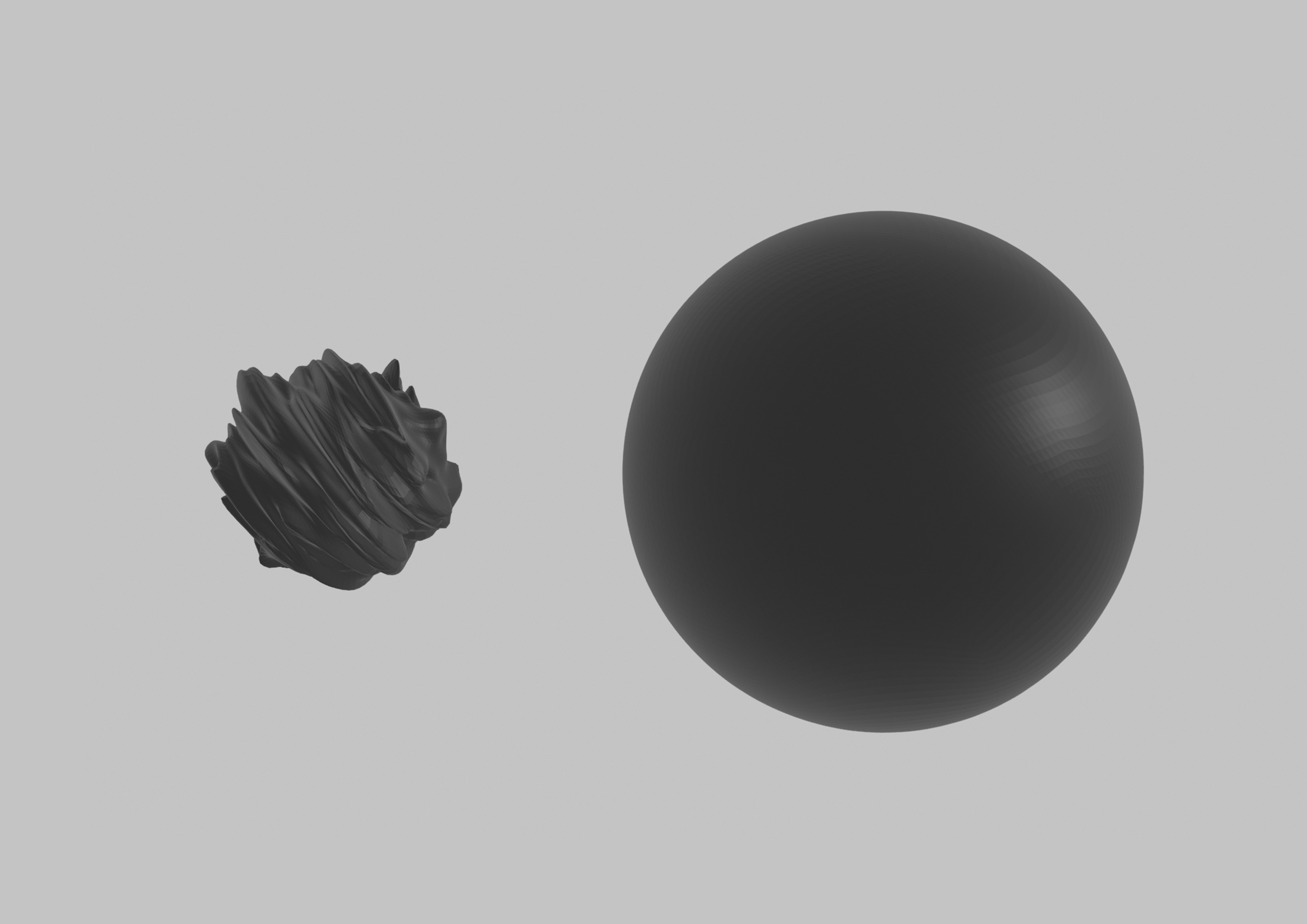
In an attempt to visualize musical contrast, I explored various material forms as mediums to represent the sensations of tension and release. I created several different visual effects of contraction and relaxation, which were designed to synchronize with the musical dynamics and express the transitions between tension and release in real time.
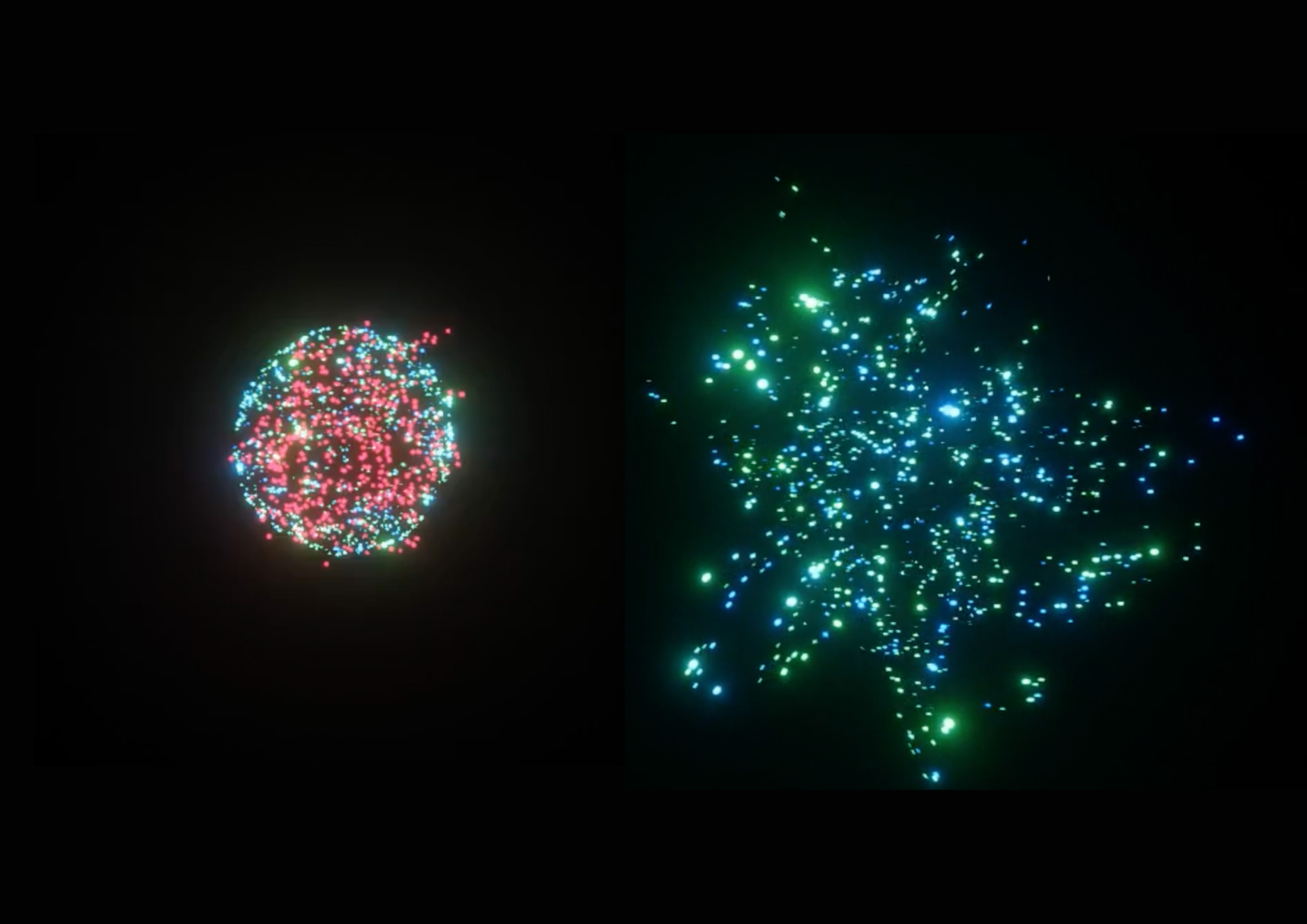

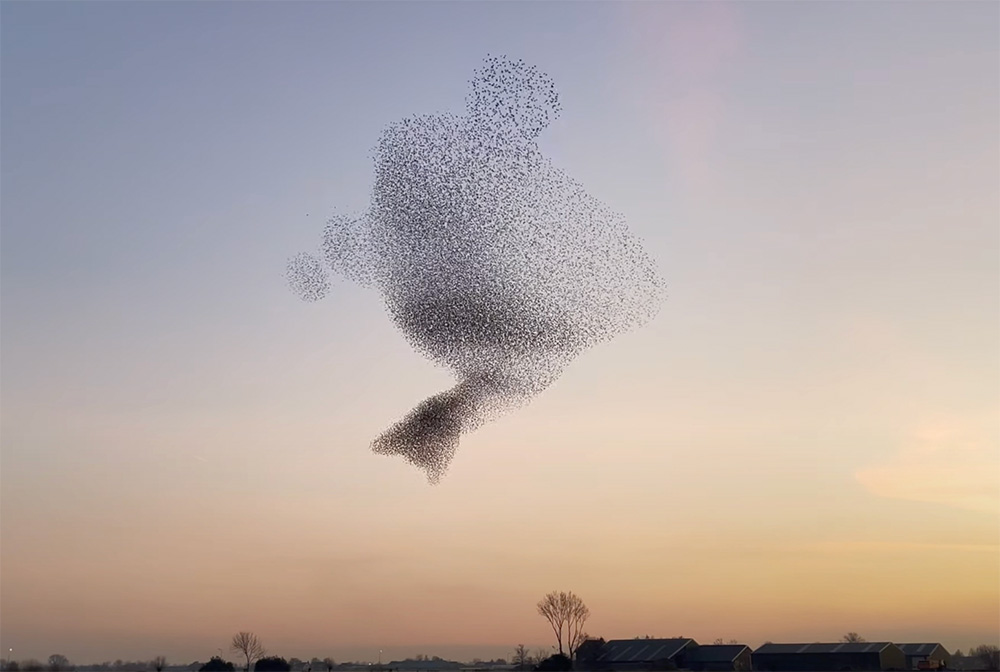
I divided the piece into two parts: the melody and the accompaniment. In this composition, the melody is created through an interplay between the first violin and the first piano, while the accompaniment is formed collectively by the other instruments.
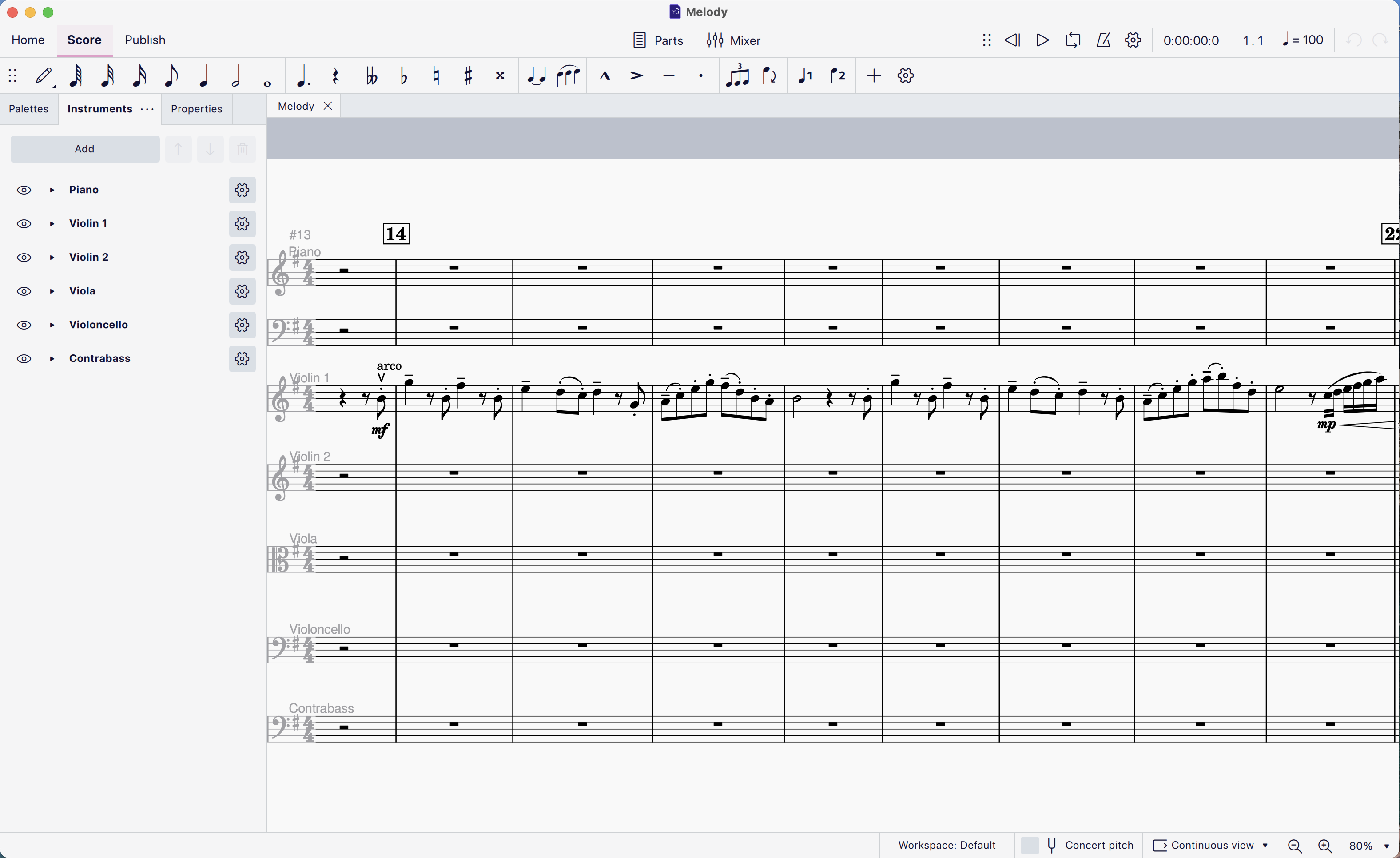
Melody
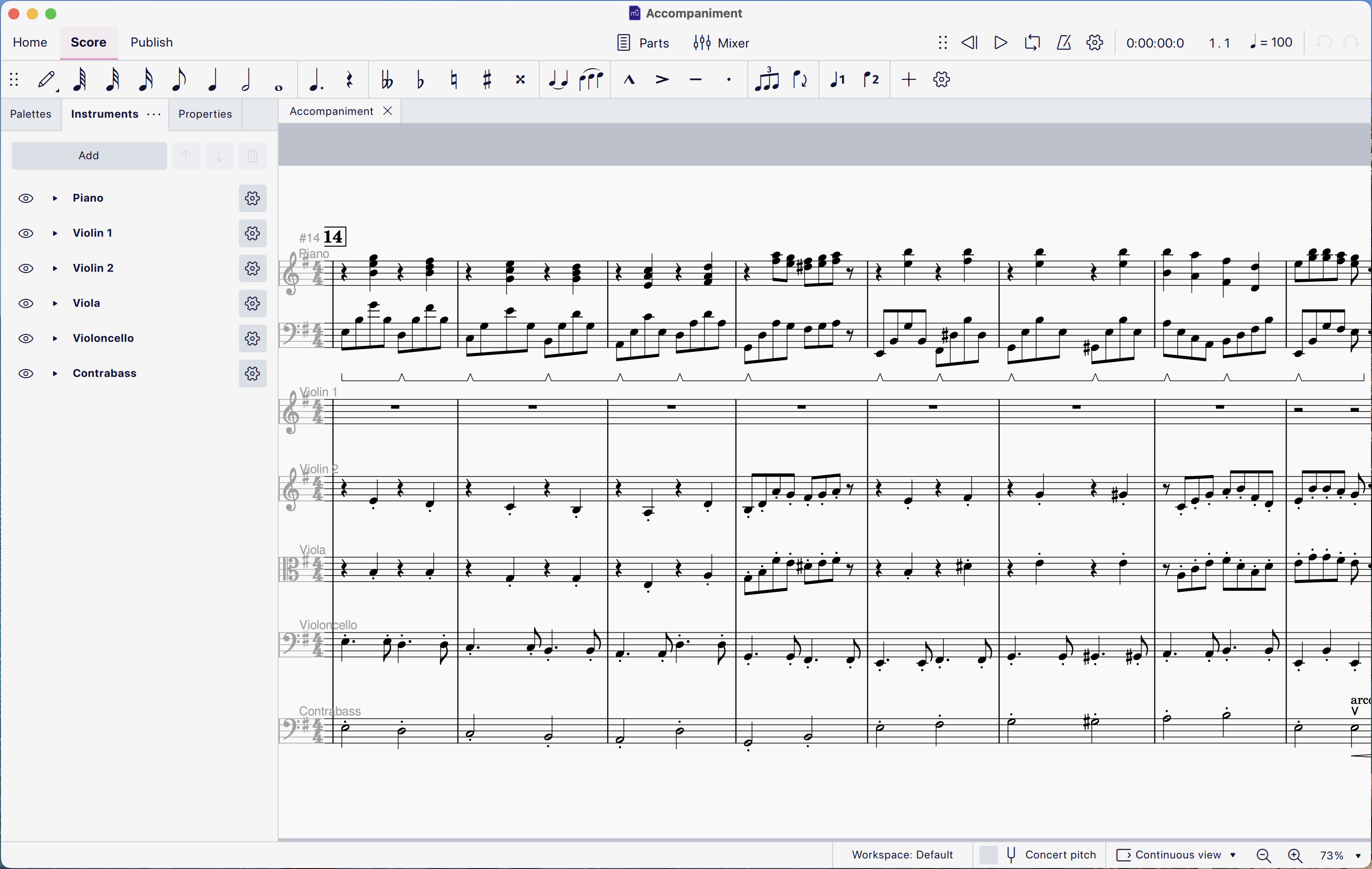
Accompaniment
To ensure that users immediately recognize the connection between the visualization and the music they’re hearing, I needed to convey a clear visual cue—a signal that synchronizes what they see and hear. This serves as the entry point into the visual experience.
Pitch and rhythm in the melody are the most immediately noticeable elements of music for listeners. In the visualization, I used vertical motion in the melody’s particle system to represent pitch, since the melodic range is often the widest and highest, making it the easiest to perceive. Additionally, I synchronized the movement rhythm of the particles with the musical rhythm, further reinforcing this connection. These elements, of course, are also sources of perceived beauty in music.
However, the more subtle forms of beauty, such as tension and release, are harder to notice. To express these, I designed the two particle systems to contract and expand, visually reflecting these emotional shifts. The goal is to let users feel tension and release through the motion of the particle systems, enhancing the emotional experience and amplifying the perception of beauty in the music.